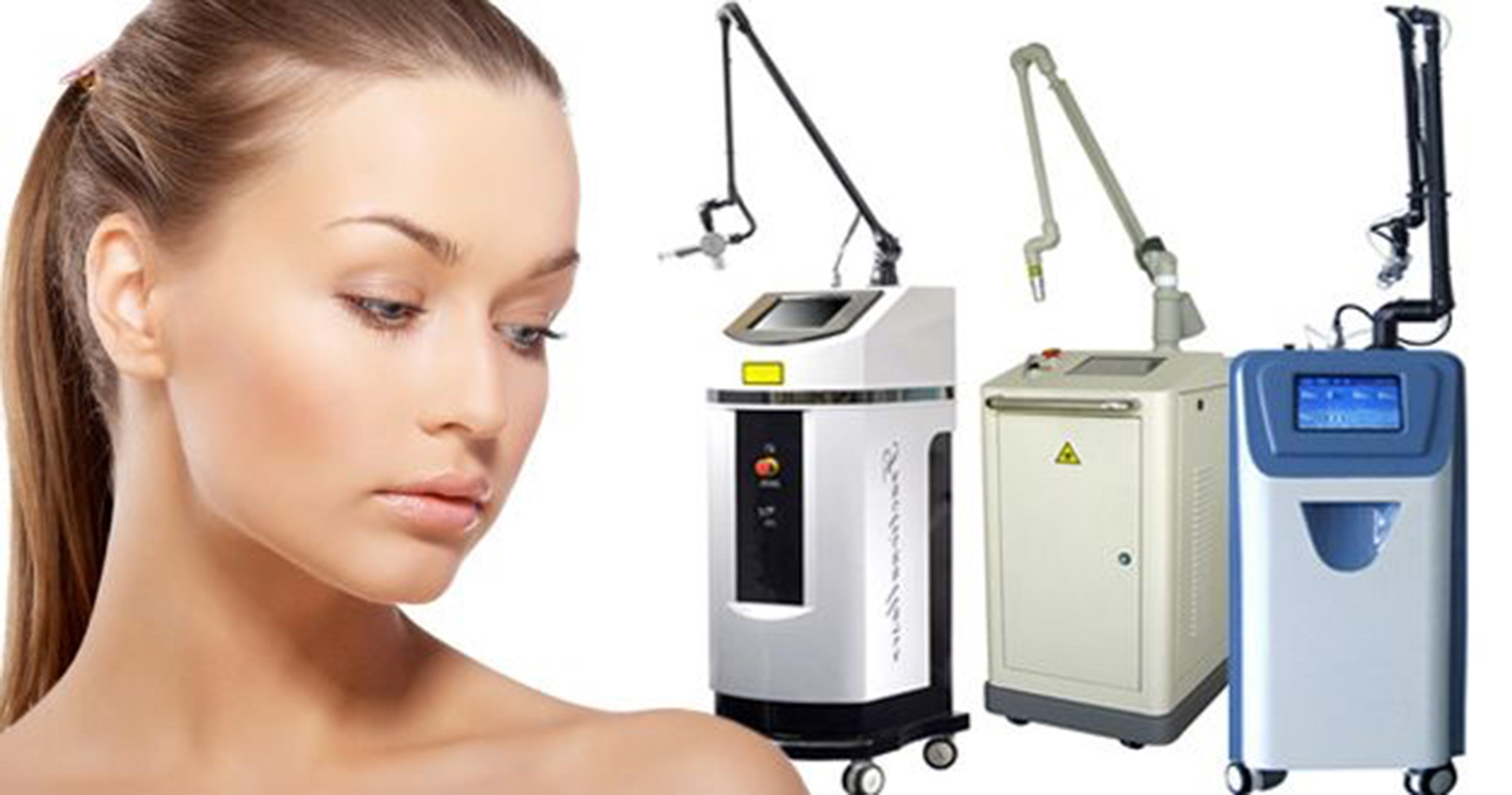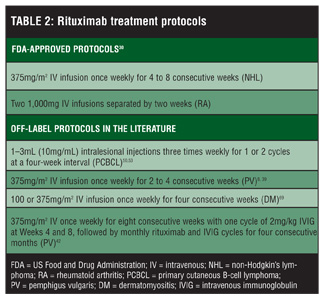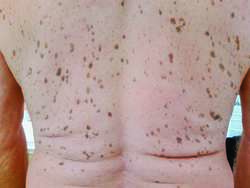Definition:
It is also called as epidermal poly cystic disease.
There are numerous epithelial lined sebum filled dermal cysts with characteristic sebaceous gland in the cystic wall.
Associated with Alagille syndrome and pachyonychia congenita type 2.
In these cases defect is K17 mutations.
It can be sporadic occurrence or inherited as autosomal dominant.
Clinical presentation:
Skin coloured cysts on trunk, upper arms, scrotum and chest.
No symptoms
Complication: suppurations and sinus formation leading to scarring.
When single cyst is present in sporadic manner it's called steatocystoma simplex.
Pathological findings:
Cyst is lined by stratified squamous epithelium but no granular layer and sebaceous glands are located on cyst wall.
Eosinophilic cuticle on luminal side of this wall with hair and keratin inside it.
Differential diagnosis: eruptive vellus hair cyst
Epidermal inclusion cyst
Treatment:
Surgical excision
Cyst drainage with manual removal of cyst.
Inflamed lesions can be treated with oral retinoids, cryotherapy or CO2 laser or intralesional steroids.










